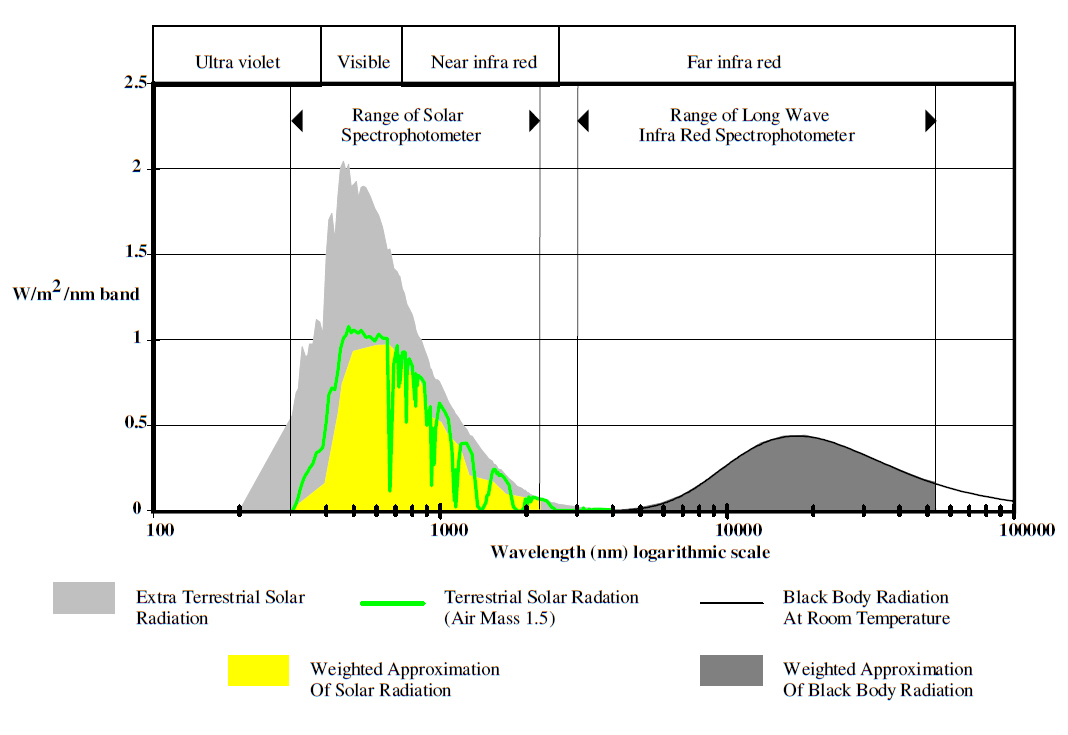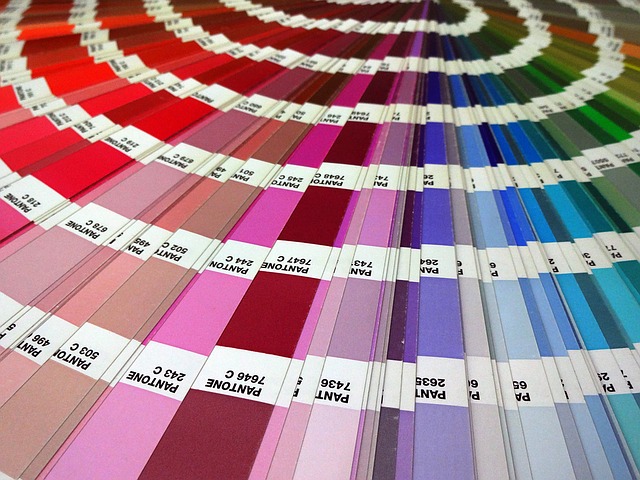Colour in the built environment
Everything that an individual perceives visually that is not to do with their perception of shape, size, surface texture, tone and motion of objects can be termed ‘colour’. Excluding colour-blind people, everything that we see has some colour associated with it. Some substances, such as oxygen, are colourless.
For colour to be perceived or to cause a sensation of colour, the following conditions must be satisfied:
- Light (a form of electromagnetic radiation) of a certain wavelength must be emitted, transmitted or reflected by an object. The wavelength will determine whether that colour is green, red or blue or a combination of these, and
- A properly functioning physiological system must be possessed by the individual to allow colour to be perceived.
Colour can only be perceived due to the presence of light and most light sources produce different light wave combinations.
Visual light comprises a wide range of different colours which can be seen by using a prism to split it into its constituent colours. This range of colours is called a ‘spectrum’ and the colours, each with a different wavelength, are always in the same order, from red at one end through orange, yellow, green, blue, indigo to violet at the other end. Red is associated with long waves, green with medium-length and blue with short waves.

|
| The full electromagnetic spectrum. Visible light falls within the range of wavelengths from approximately 380 - 740 nanometers (nm), between the infrared and ultraviolet wavebands. |
In reality, there are many, many different colours in the spectral range because it is seamless, as one colour gradually merges into the next. Each colour has its own wavelength of light which stimulates the cone cells (colour receptors) in the human eye in a different way to produce the various sensations of colour. So, when we say that ‘the banana is yellow’, it would be more accurate to say that a sensation of yellow is generated by an area of the retina (at the back of the eye) that corresponds to where light rays from the banana are being received.
[edit] Primary colours
White light contains three primary colours: red, green and blue. These colours are ‘primary’ as they are colours in their own right and cannot be replicated by mixing other colours of light. When the three are recombined, they yield white light – a process called ‘additive colour’ which is used in projectors and computer monitors. They can be combined to create any other colour (except black) and are also referred to as ‘spectral’ colours. When combined the result is:
[edit] Subtractive primary colours
In pigments, dyes and inks the primary colours are usually considered to be red, blue and yellow. These can be mixed to produce any other colour and are known as subtractive primary colours because each colour that is a combination is the result of subtracting (or absorbing) from white light – whether partially or completely – some wavelengths of light and not others. This is used by painters and printers. If all three colours are mixed, a black colour is created. By mixing the basic printer colours (cyan, magenta and yellow), the result is:
- Yellow + magenta = red
- Yellow + cyan = green
- Magenta + cyan = blue
[edit] Related articles on Designing Buildings
- Colour Rendering Index CRI.
- Daylight benefits in healthcare buildings.
- Daylight factor.
- Daylight lighting systems.
- Dichroic reflector.
- Discharge lamp.
- Electromagnetic spectrum.
- Extra-low voltage lamps.
- General lighting v task lighting.
- Illuminance.
- Lamps.
- Lamp efficacy.
- Light pollution.
- Lighting.
- Lighting energy numeric indicator LENI.
- Lighting of construction sites.
- Luminaire efficacy.
- Rights to light.
- The Anatomy of Colour.
- Visible light.
Featured articles and news
Moisture, fire safety and emerging trends in living walls
How wet is your wall?
Current policy explained and newly published consultation by the UK and Welsh Governments.
British architecture 1919–39. Book review.
Conservation of listed prefabs in Moseley.
Energy industry calls for urgent reform.
Heritage staff wellbeing at work survey.
A five minute introduction.
50th Golden anniversary ECA Edmundson apprentice award
Showcasing the very best electrotechnical and engineering services for half a century.
Welsh government consults on HRBs and reg changes
Seeking feedback on a new regulatory regime and a broad range of issues.
CIOB Client Guide (2nd edition) March 2025
Free download covering statutory dutyholder roles under the Building Safety Act and much more.
AI and automation in 3D modelling and spatial design
Can almost half of design development tasks be automated?
Minister quizzed, as responsibility transfers to MHCLG and BSR publishes new building control guidance.
UK environmental regulations reform 2025
Amid wider new approaches to ensure regulators and regulation support growth.
The maintenance challenge of tenements.
BSRIA Statutory Compliance Inspection Checklist
BG80/2025 now significantly updated to include requirements related to important changes in legislation.
Shortlist for the 2025 Roofscape Design Awards
Talent and innovation showcase announcement from the trussed rafter industry.























